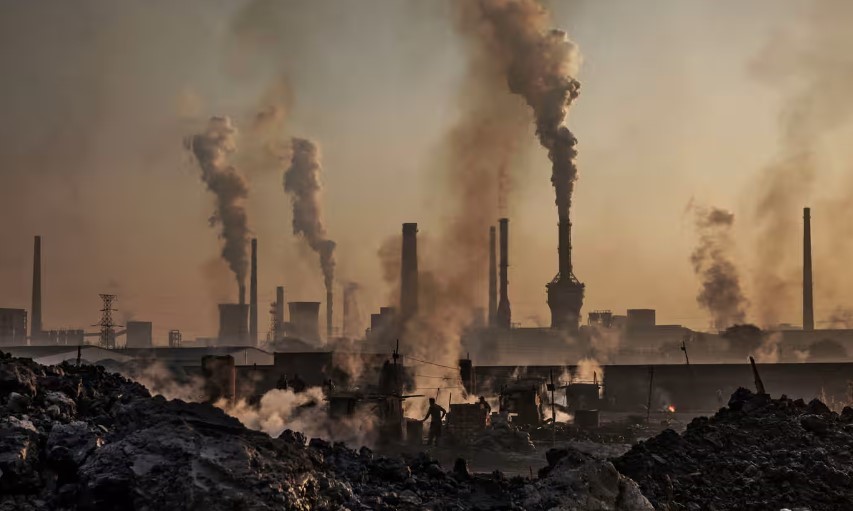
China's Emissions of Two Major Greenhouse Gases Surge by 78% Over a Decade
A recent study reveals that China's emissions of two potent greenhouse gases, tetrafluoromethane and hexafluoroethane, have surged by 78% over the past decade. These emissions now account for approximately 64-66% of the global output of these gases, according to research conducted by the Massachusetts Institute of Technology (MIT).
Perfluorocarbons, including tetrafluoromethane and hexafluoroethane, are extensively used in the production of flat-panel TVs, semiconductors, and as by-products in aluminium smelting. These gases are significantly more effective at trapping heat in the atmosphere compared to carbon dioxide (CO2) and have much longer atmospheric lifetimes—50,000 years for tetrafluoromethane and 10,000 years for hexafluoroethane—compared to up to 200 years for CO2.
The MIT research team, led by Minde An, analyzed atmospheric data from nine cities across China from 2011 to 2021. Their findings indicated a substantial rise in emissions of these two gases, which by 2020 made up 64-66% of the global emissions for tetrafluoromethane and hexafluoroethane. Although the levels of these fluorocarbon emissions are rising rapidly, CO2 remains the predominant greenhouse gas, accounting for about 76% of total global emissions.
The study suggests that China's increased emissions were significant enough to account for the overall global rise in these gases during the same period, indicating that China is the primary driver of their release into the atmosphere. The emissions predominantly originate from industrial areas in western China, largely due to the use of perfluorocarbons in the aluminium industry.
As the world's largest producer and exporter of aluminium, China reached a record-high production of 41.5 million tonnes last year. The rapid growth of the aluminium and semiconductor sectors in China could threaten the country's carbon neutrality goals and global climate efforts. China aims to achieve peak carbon emissions by 2030 and become carbon neutral by 2060.
The study's authors suggest that technological innovations and the integration of the aluminium industry into the carbon market, including a national carbon trading scheme, could help mitigate these rising emissions. The carbon trading scheme would allow emitters to buy or sell emission credits, potentially curbing the increasing levels of fluorocarbon emissions.
While aluminium production is a significant source of CO2 emissions, it also plays a crucial role in the transition from fossil fuels to renewable energy sources by enabling the production of low-carbon technologies such as solar panels, electric vehicles, and wind turbines. The World Economic Forum emphasizes the need for the aluminium industry to balance efficient production with efforts to minimize its negative impact on the climate.